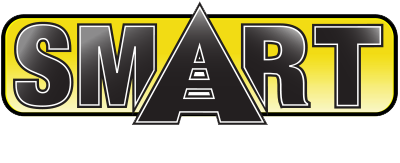Worker Is Killed on Throgs Neck Bridge

Workers gathered around a white sheet covering the body of a contract worker who was killed on the Throgs Neck Bridge Tuesday morning. Robert Stolarik for The New York Times
New York Times
By Sewell Chan AND Christine Hauser
August 25, 2009, 10:51 am
An electrical worker died on Tuesday morning after being struck by the boom of a truck on the Throgs Neck Bridge, which connects the Bronx and Queens, according to the city’s Fire Department.
The police said the worker, William Barnes, 48, of Port Washington, N.Y., was working for Tri-State Electric Contracting of Haverstraw, N.Y. He was pronounced dead at the scene. Tri-State was a subcontractor to E. E. Cruz, a contractor that authorities said was responsible for a July 10 fire on the bridge that caused significant damage.
Mr. Barnes was struck at 10:23 a.m. around the middle of the span, on a northbound lane, and the first emergency units arrived at the scene at 10:31 a.m., according to the Fire Department.
The authorities, based on preliminary reports, initially said that Mr. Barnes fell from the bridge itself, but officials at the Metropolitan Transportation Authority, which operates the bridge, later said the worker died after being struck and pinned by the boom, or lift.
“The employee was outside of an aerial lift truck operating the lift controls when he was struck by the lift,” M.T.A. Bridges and Tunnels said in a statement. The police said Mr. Barnes “was removed from beneath the boom of a crane after the cable snapped, pinning him against the vehicle.”
The authorities said that Mr. Barnes had a commercial driver’s license, which was required to operate the truck.
For more than an hour after the accident, the only northbound (Bronx-bound) access to the bridge was via the Cross Island Parkway ramp, and drivers were advised to use the Bronx-Whitestone Bridge or the Robert F. Kennedy Bridge (formerly the Triborough Bridge) as alternative routes. But by 12:10 p.m., the authorities announced that all northbound lanes were open to traffic.
The Throgs Neck Bridge was the site of a construction fire on July 10 that caused significant damage and led officials to close one of three northbound bridge lanes, and ban most trucks on the bridge, for several weeks. On Aug. 10, the lane reopened, but the northbound lanes were slightly narrowed to allow work to continue, and oversize and overweight trucks that normally cross at night with an escort remained prohibited.
Further repair and reconstruction work, including a portion of a planned deck replacement, was to last into the fall.
M.T.A. Bridges and Tunnels and the Fire Department found that the fire had been caused by a spark from a contractor’s torch that ignited construction material on scaffolding below the bridge.
Tom Bach, the chief engineer at M.T.A. Bridges and Tunnels, said in a statement earlier this month that an on-site independent safety monitor, paid for by the contractor, would continue to report directly to the authority until all the construction work had been completed.
The contractor, E. E. Cruz, agreed to bear responsibility for the fire and for its costs. The contract employees who were directly involved in the accident were removed from project. Mr. Bach said that all of the authority’s other bridge construction projects had been reviewed by an outside safety consultant to ensure that they were safe.
The Throgs Neck Bridge, which opened in 1961 and is run by the transportation authority, carries 110,000 to 120,000 vehicles a day, including many trucks heading to and from Long Island.
